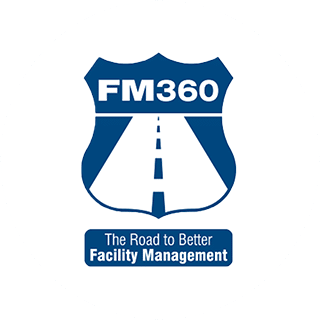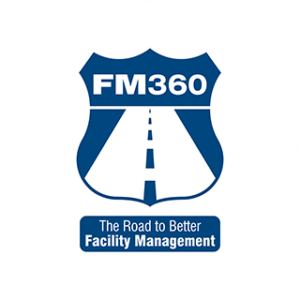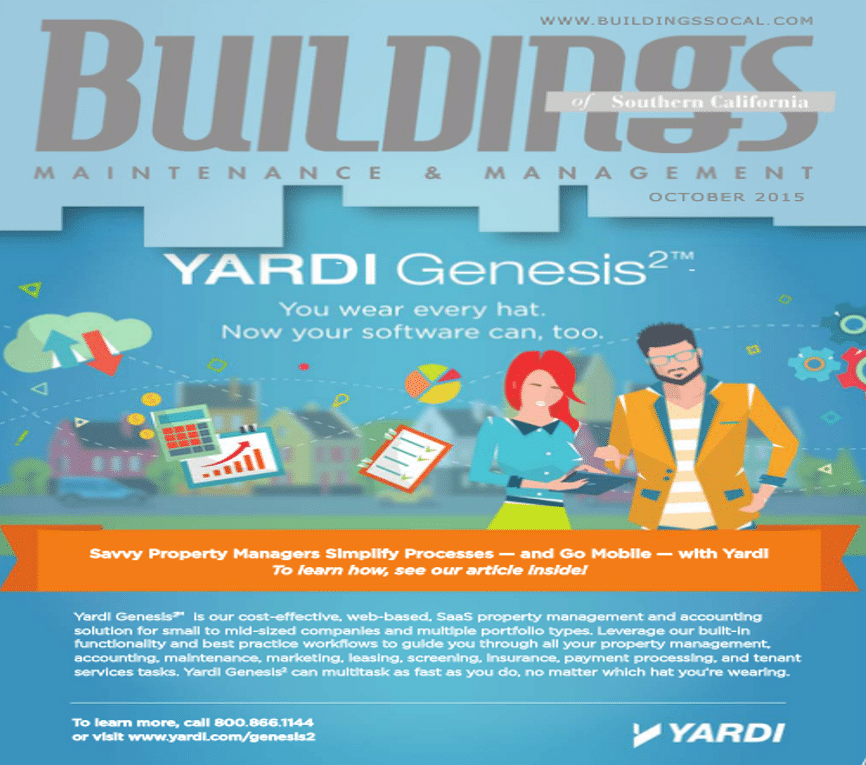Please do not take offense to the title of this article – I do not wish to dismiss janitors’ hard work. In fact, my intention for us, as facility professionals, is to realize the value of every team member in the facility department – from custodial and landscaping to journeymen and management. We must market that value to our internal and external clients and management as our team is far more than glorified janitors.
Recognize the Value of Facilities
Before we sell the value of the facility team, we must first see it ourselves. As discussed in The Rule of 100/10/1, facility professionals are responsible for the second largest asset and expense for most organizations – its’ people. Due to this, facility work has a direct impact on the bottom line.
In the interest of brevity for this article, peruse the below articles to further recognize the value the facility team provides to your respective organizations:
- The Rule of 100/10/1 – Learning to Speak Bean
- “Facilitopia” – A Brighter Vision for the Facility Industry
- Getting an A-Grade at the C-Level
- Facilities Department Not a Profit Center – But Can It Be?
Once the value of the facility team and respective members is identified, the next step is to market these statements. This includes encouraging the teammates’ interpretation and involvement of these core values for the team’s success – they have to see it to believe it.
Market the Value of Facilities
Do you have a marketing plan for your facility department? Yes, “a marketing plan”. Many of us do not have a marketing background, but if our industry is to be successful, then a primary function is to sell the authenticity of the facility program and team. Amongst the many other hats that adorn facilities’ heads, we must become marketing specialists to return valuable dividends to your department and organization.
To flourish in selling the value of your team and gaining the necessary support, then you need to start with a plan. Some questions to ask include, “Who are the various stakeholders?”, “How are those stakeholders engaged?”, and “What marketing tools are available to you?” Below are some steps that will answer these questions and help you develop a marketing plan.
- Identify stakeholders – Stakeholders include department managers, upper management, building occupants, site visitors, contractors, customers, etc. Understand the function and importance each individual plays in the overall scheme of the organization – get to know their business drivers and obstacles.
- Determine the gap – Advocate for surveys as they show what matters to stakeholders and their perception of the building, workspace, and facility services. Follow-up with more surveys once the plan is in place and being executed to gauge progress toward goals.
- Identify touch points – When, where, and how are the stakeholders engaged? Identify by responding to service requests, the facility call center, computerized maintenance management system (CMMS) interface, “Hey You” work orders, projects/MACs, and on-the-floor walkabouts. Each one of these provides an opportunity for the facility team to sell the value of their service.
- Equip the team – Based on survey results and touchpoints, you can quickly identify gaps and how best to bridge them by providing coaching and training to the facilities team. Some examples include:
- Soft Skills Training – The value of “soft skills” (interpersonal skills) cannot be overstated. This will require delicate coaching and guidance as this is often the biggest obstacle to overcome. However, you can navigate these waters through leadership and listening to team members.
- Elevator Speech – Leveraging the department’s vision/mission statements, you should compose a consistent message, such as an “elevator speech”. Produce a 20-second sound byte that conveys the value and importance of what Facilities does for the organization. The trick here is to make a soft sale and not artificial. Add some variety by allowing folks to tailor it to focus on what they do for the organization.
- Lead by example – Manage stakeholder relationships, including expectations and perceptions, by MBWA (managing by walking around). You must be out in the workplace talking with folks, following up on past service requests or issues, soliciting their input, and simply showing you care about their business and their team. I have seen much success with facility managers who perform this key function well.
- Sell the Facilities Department – Aside from the face-to-face interactions in the workplace, which can be few and far between with today’s global workforce, you need to identify and leverage other mediums that market the facilities team. Some examples include:
- Social Media – Now, I’m not asking you to become the next influencer; however, we would be foolish to ignore the fact that most organizations use some form of social media to communicate to and connect with the workforce, especially as Millennials and Gen-Zers increase their presence in the marketplace. This medium provides a great opportunity for you to highlight achievements, successes, team members, and the department’s value-added services to stakeholders. At the minimum, take advantage of the facility department’s intranet site to market these points; then figure out how to drive folks to the site. For example, posting weekly successes, expected acclimate weather, how to submit service requests, and/or office MAC (move/add/change) forms; anything and everything to drive them to your site.
- Old–School – Not all folks use social media, thus the “old school” approach of a poster board or corkboard is something to consider as well. Put it in a conspicuous place that receives a lot of traffic, such as the hallway(s) to the cafeteria/break room or restrooms. As mentioned above, highlight goals, successes, and achievements – such as, a team member earning their BOC (Building Operator Certification), FMP (Facility Management Professional), CFM (Certified Facility Manager), or some other credential that shows that they are far more than a glorified janitor. (See FM360 Training for more information on these credentials.)
- Presentations – Look for opportunities in your various presentations, budget meetings, and business case pitches, especially to upper management and the C-suite, to not simply present facts & figures but to promote the value of facility services and their impact on worker productivity, employee & customer satisfaction, risk management, and the bottom line (The Rule of 100/10/1).
Even though the facility industry has made significant progress in the past decade, we must all still do our part in identifying, communicating, and marketing the value of the Facilities Department and each and every one of its team members. Through our collective efforts, we will continue to see our industry advance and thrive closer to “Facilitopia”.







